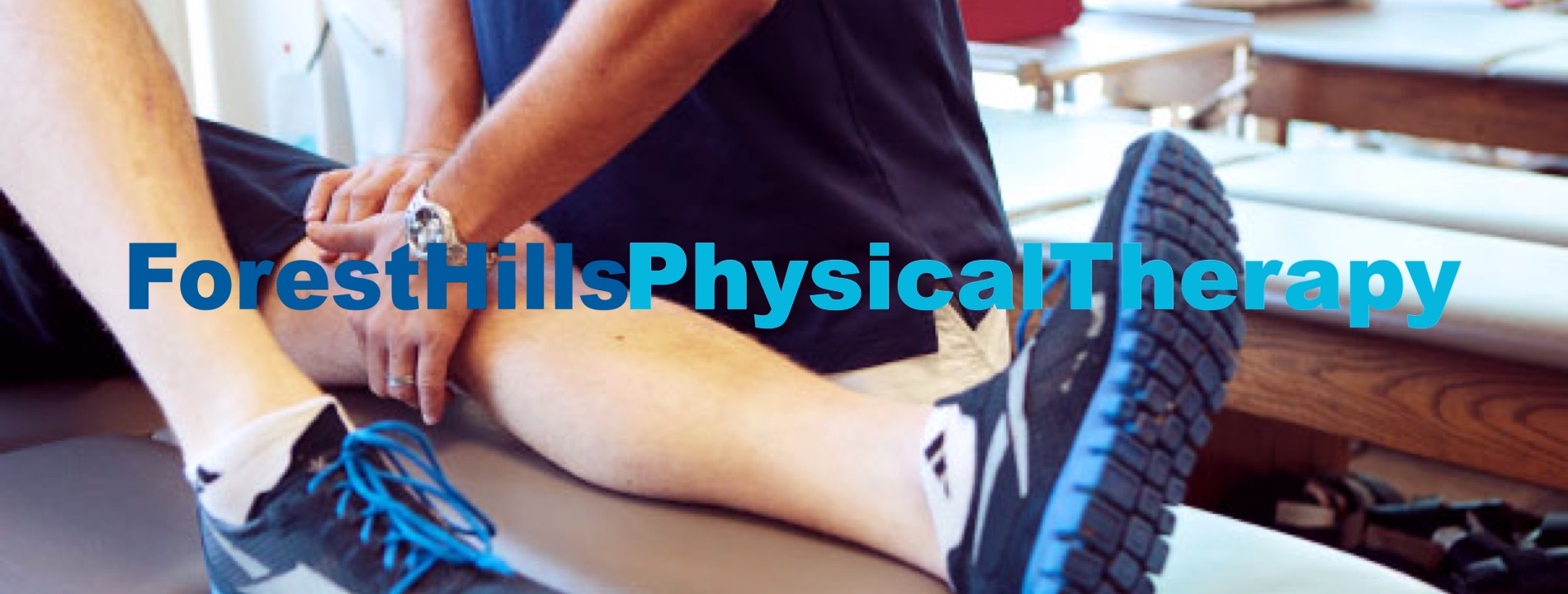Physical Therapy Forest Hills Post: Diabetes Prevention - The Hidden Link
Diabetes mellitus is a worldwide health problem characterized by the body’s inability to break down sugar due to an inefficiency of the hormone insulin.
November is considered Diabetes month in America in an effort to raise awareness about a condition that has a powerful impact on families and communities across the world. According to the American Diabetes Association, the toll of diabetes is significant if left unchecked.
1. Two out of three people with diabetes die from heart disease or stroke.
2. Diabetes is the leading cause of kidney failure.
3. Diabetes is the leading cause of new cases of blindness among adults.
4. The rate of amputation for people with diabetes is 10 times higher than for people without diabetes. About 60-70 percent of people with diabetes have mild to severe forms of nerve damage that could result in pain in the feet or hands, slowed digestion, sexual dysfunction and other nerve problems.
Role of the Physical Therapist in Diabetes
You may be at risk for diabetes, especially if your hemoglobin A1C levels are above the normal limit. Ask your physician if this test is right for you.
Physical activity, healthy nutrition and stress management are important factors in the prevention and treatment of diabetes. Your physician may prescribe medication to assist with the treatment of diabetes.
Your physical therapist can create a safe, progressive exercise program that enables your body to become more sensitive to insulin and effectively remove extra glucose from your bloodstream. The goal is to normalize your blood glucose levels and improve your hemoglobin A1C readings.
Here are just some of the benefits of regular physical activity:
1. Decrease in blood pressure and cholesterol levels
2. Reduces the risk for heart disease and stroke
3. Increase in calorie expenditure to enable weight loss
4. Boost in energy and ability to perform daily activities
5. Improved sleep patterns
6. Stress relief
7. Strengthening of the heart and better blood circulation
8. Strengthening of muscles and bones
9. Better range of motion in joints
10. Better balance which helps to prevent falls
11. Happier, healthier, better quality of life
You can experience all these benefits after you consult with your physical therapist.
Five Tips for Safe Exercise
For diabetics, exercise should be a safe, enjoyable and positive experience. When planned correctly, exercise will leave you energized, not fatigued. Here are five exercise tips for individuals with diabetes.
1. It is essential to avoid injuries and remain hydrated. It is also important to have some fast acting sugary food available in the event of hypoglycemia or low blood sugar levels. This is critical for individuals who are on insulin and have type 1 diabetes. As your physical therapists, we can advise you about the best, and safest type of exercise.
2. As a general rule, we will encourage you to warm up for 5 minutes before starting to exercise and cool down for 5 minutes at the end. You will be advised to drink plenty of water before, during, and after activity to stay hydrated.
3. If you feel uncomfortable, you should rest for a few minutes and see if you feel. We’ll train you to understand your energy levels and listen to your body.
4. Use the “talk test” to make sure you are not pushing yourself too hard. If you become short of breath and you can’t talk, then slow down. As your fitness level improves over time, you’ll be able to exercise at a higher intensity and chat with others while you do it.
5. Make sure to wear shoes and clean socks that fit you well. Look inside your shoes before wearing them to make sure there is nothing in them that might hurt you or make you feel uncomfortable. Always examine your feet before and after activity for blisters, redness, or other signs of irritation. Talk to your doctor immediately if you experience pain or notice a blister, cut, or sore.
If you know someone who has diabetes, or is at risk for diabetes, the best thing you can do for them is to ask them do is to call us and schedule an appointment. We are here to help.
Forest Hills Rehabilitation
http://www.foresthillsrehab.com/Physical-Therapy-Queens.html





